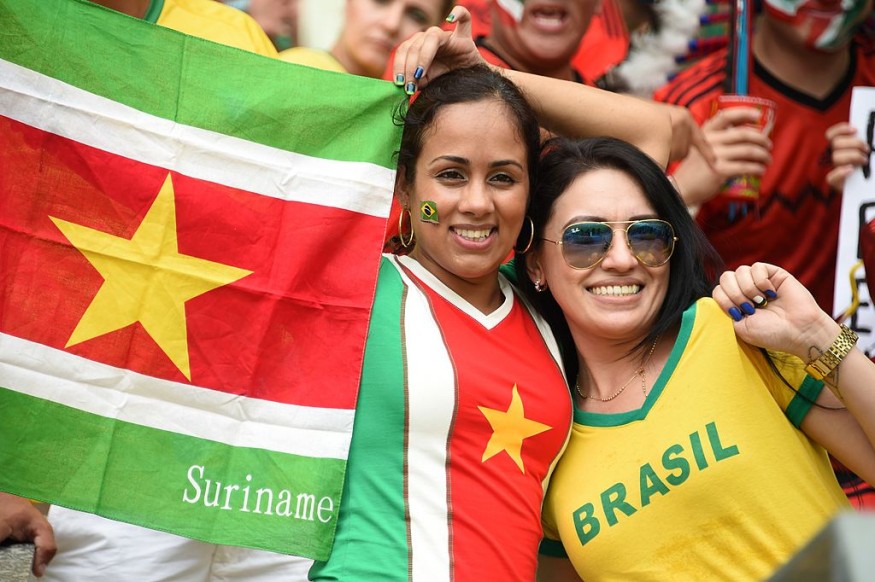Suriname Is South America's Most Asian Country

Suriname is a unique country in South America. While most of its neighbors have a huge Latin influence, Suriname has stuck to its Dutch roots and intermingled the cultures of various other countries.
The most prominent of these cultures are India and Indonesia, which makes the country perhaps the most "Asian" in South America.
Suriname is a multicultural country, with people of African, Indian, Indonesian, Chinese, and native Amerindian descent making up the largest chunk of the population.
The largest group is the Afro-Surinamese population, which makes up around 37% of the people, and they are divided into the Creoles and the Maroons.
Meanwhile, Indo-Surinamese take up around 27% of the population, while Indonesian-Surinamese take up 14%. There are also large numbers of people of Chinese descent in the country.
The Javanese in Suriname
Suriname was formerly known as Dutch Guiana and was under Dutch rule from the 1600s until its decolonization in the 1970s. The Dutch colonizers used its fertile lands mostly for plantations with slave labor as their workforce.
However, in 1863, the Dutch government freed more than 33,000 slaves in Suriname. This was when the Asians came in as a cheap alternative source of labor.
Initially, the Dutch government did not permit the migration of Javanese, the largest ethnic group in Indonesia, into Suriname for cheap labor.
However, the political landscape was changing, forcing them to recruit workers from Java island in Indonesia. Around 33,000 Javanese migrated to Suriname from 1890 to 1939. The majority of these workers decided to stay in Suriname permanently.
The cultural impact of these people from what is now modern-day Indonesia can still be felt in the country today. According to Inside Indonesia, "Javanese cultural traditions have proven to be strong" in Suriname.
However, many changes were made, including in their language, to suit the country they are in. Later generations still identify with their motherland in Southeast Asia, even though they make up the third largest ethnic group in Suriname.
Suriname and India
While Afro-Surinamese make up the largest ethnic group, if we split them up into Creoles and Maroons, the Indians would actually make up the largest ethnic group.
The Indians were the first people to be sent to Suriname following the abolition of slavery, and it stayed that way for quite a long time before the Javanese came.
Many of these Indo-Surinamese still follow customs from their native India and even have Indian cultural centers around the country. The oldest of these is the Swami Vivekananda Cultural Centre, which can be found in the capital of Paramaribo.
According to the Indian Council for Cultural Relations (ICCR), the temple serves as a resource for Indian history, spirituality, polity, economy, art, and culture. It also offers lessons for various India-related subjects, such as Hindi, yoga, and Indian dances. It is also considered the largest in South America.
Indian and Javanese populations have also left their mark on the cuisine, as dishes usually found in India and Southeast Asia are served regularly in Suriname.
This article is owned by Latin Post.
Written by: Rick Martin
WATCH: The "Indonesia" Hidden In Suriname - From Sabbatical
Subscribe to Latin Post!
Sign up for our free newsletter for the Latest coverage!
© 2025 Latin Post. All rights reserved. Do not reproduce without permission.















